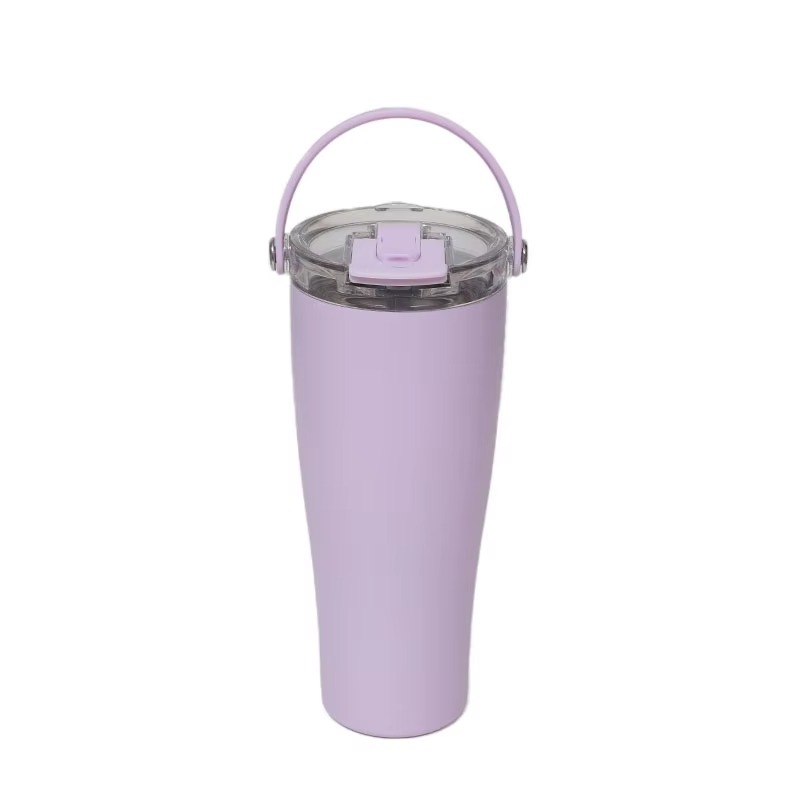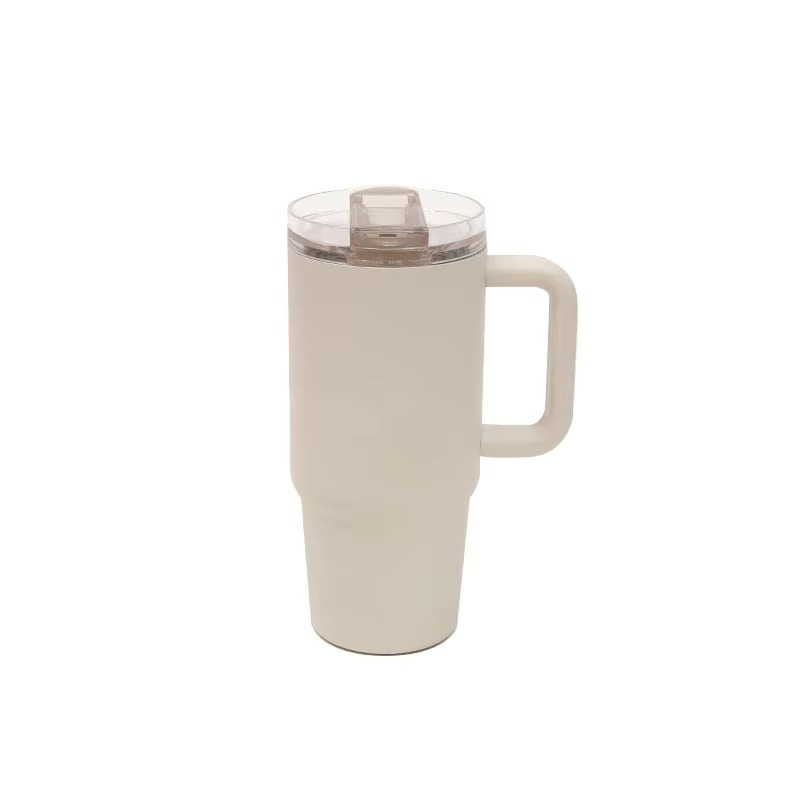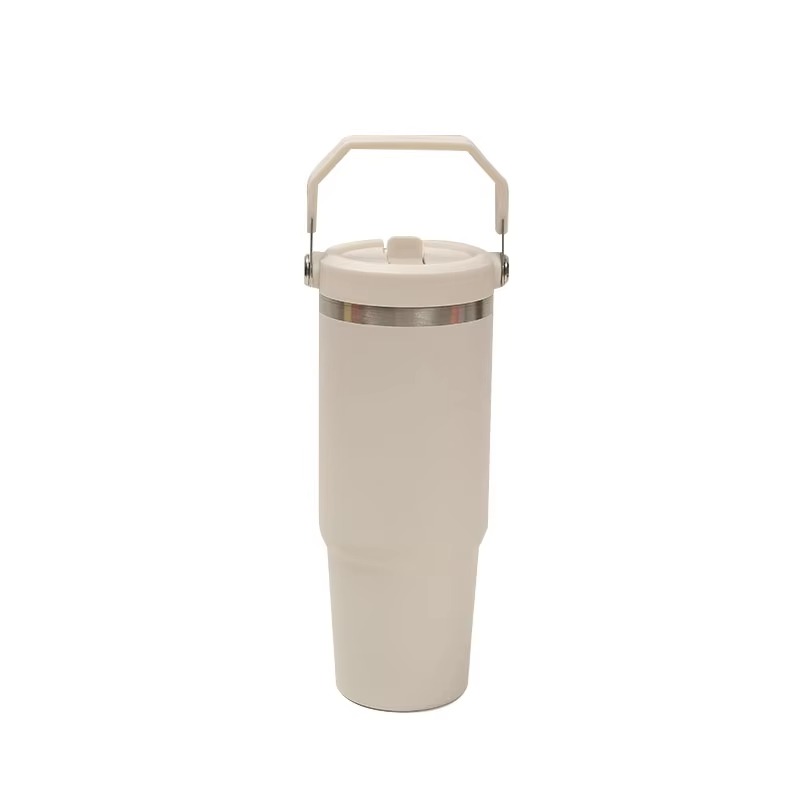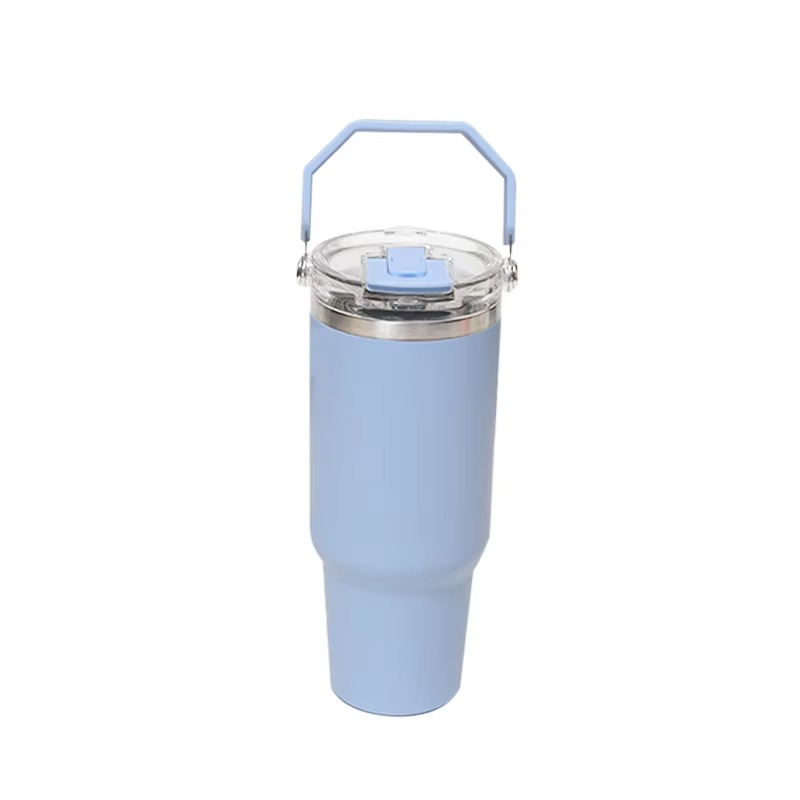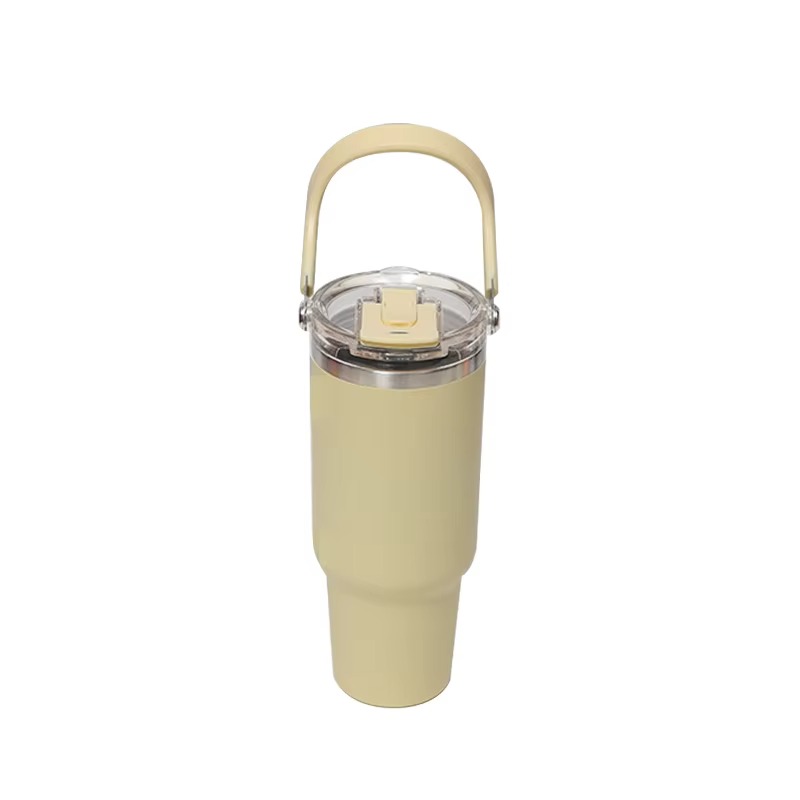Plastic mugs have become a staple in daily life, appearing in homes, offices, and outdoor activities. Their popularity is driven by convenience, portability, and the ability to withstand frequent use without the fragility associated with traditional glass or ceramic mugs. Modern lifestyles, particularly in urban environments, often require drinkware that is lightweight, easy to store, and suitable for a range of beverages from hot coffee to cold juices.
Consumers increasingly value reliability in a plastic mug. Reliability encompasses durability, safety, ease of handling, and maintenance. In this context, understanding the features that contribute to a mug’s consistent performance is essential. Structured manufacturers play a central role in meeting these requirements, ensuring that products meet material, design, and usability standards.
Automug Factory (Xiaoyu) provides an example of a structured production system for plastic tumblers and mugs . The company operates a production facility of approximately 10,000 square meters, supported by professional teams and a daily output that serves a variety of consumer needs. Its approach illustrates how design, material selection, and factory organization contribute to reliable, user-friendly plastic mugs.
I. Historical Context and Evolution of Plastic Mugs
Plastic mugs are part of a long history of drinkware, which began with materials such as glass, ceramic, and metal. While these materials offered heat retention and aesthetic qualities, they were often heavy, fragile, and less convenient for mobile use. The introduction of plastics provided opportunities for lighter, more impact-resistant drinkware that could accommodate modern lifestyle demands.
Over the decades, plastic mugs evolved from simple utilitarian forms to designs incorporating features like handles, lids, and stackable shapes. Consumer behavior played a significant role in this evolution. The rise of reusable drinkware in households, offices, and recreational settings demanded mugs that combined durability with portability. Plastic mug manufacturers and suppliers, including structured factories like Automug Factory, responded by standardizing design and material quality to achieve reliable performance across multiple production batches.
II.Material Quality and Durability
Material selection is a critical factor in determining a plastic mug’s durability. Commonly used materials include polypropylene, Tritan, and polycarbonate. Each material offers a combination of impact resistance, thermal stability, and compliance with food-contact safety standards.
Durability involves several considerations. Mugs must withstand repeated handling, occasional drops, and temperature variations without cracking, warping, or discoloration. BPA-free compliance and other safety verifications ensure that materials are suitable for food and beverage use.
Structured Plastic Mug Manufacturers and Factories, such as Automug Factory, systematically evaluate material properties during the design phase. Wall thickness, flexibility, and chemical composition are carefully adjusted to ensure the mug maintains structural integrity while remaining lightweight and easy to handle. This process supports the dual goals of long-term durability and daily convenience.
III. Ergonomic Design and Handling
Ergonomic design is a central consideration in plastic mug usability. Handles should allow comfortable grip for hot beverages, with balanced weight distribution to minimize spillage. Spill-resistant rims, shaped edges, and optional lids further enhance safe handling.
Stackable designs allow mugs to occupy minimal storage space, particularly in compact kitchens or office settings. Shapes that can be nested or aligned neatly improve both storage efficiency and transport convenience.
Products from Automug Factory demonstrate these principles. Designs feature rounded edges, consistent dimensions for stacking, and handle placement that accommodates a wide range of users. Such considerations illustrate how ergonomic design contributes to overall usability and consumer satisfaction.
IV.Capacity, Shape, and Versatility
Plastic mugs are produced in a variety of capacities, ranging from small personal sizes to larger volumes suitable for multiple beverage servings. Selecting an appropriate capacity ensures that a mug meets everyday usage needs without being cumbersome or unsuitable for storage.
Shape also plays a role in usability. Cylindrical forms can fit in cup holders or refrigerator compartments, while tapered designs may nest for efficient storage. Versatility is another factor; many plastic mugs are suitable for both hot and cold drinks, and some feature double-wall construction for thermal retention.
Plastic Mug Suppliers and Manufacturers adjust shape and capacity during design and production to meet diverse consumer preferences. Structured factories, like Automug Factory, maintain multiple models to provide usability options while ensuring consistency in durability and material quality.
V.Cleaning and Maintenance Considerations
Maintenance is a practical concern for everyday use. Plastic mugs should be easy to clean, whether by hand or in a dishwasher. Smooth interior surfaces prevent beverage residue from accumulating, while detachable lids or components simplify cleaning and prevent mold or bacteria buildup.
Structured Plastic Mug Factories consider cleaning in their design process. Automated production lines ensure that all components meet dimensional standards that support hygienic use, while material choices avoid surface degradation over repeated cleaning cycles.
VI. Safety and Material Compliance
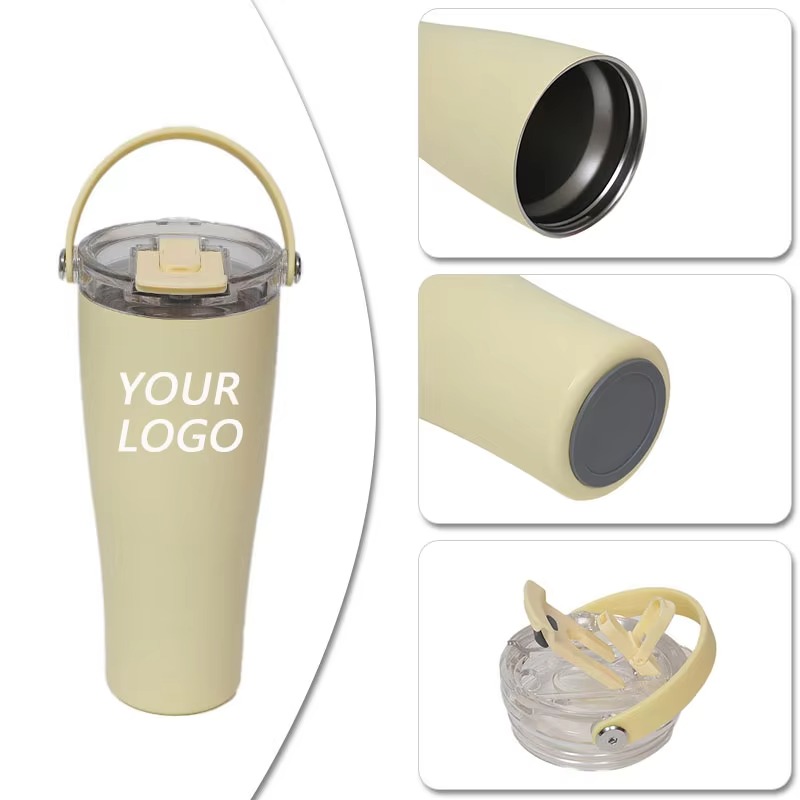
Safety considerations are essential for reliable drinkware. Mugs must meet food-contact regulations, resist heat, and avoid leaching harmful chemicals. BPA-free verification, along with adherence to domestic and international safety standards, ensures suitability for hot and cold beverages.
Structured factories like Automug Factory implement testing protocols to verify compliance before distribution. These checks include evaluating thermal tolerance, material integrity, and chemical safety, ensuring that consumers can use mugs without concern for safety or durability.
VII.Consumer Usage Patterns and Lifestyle Fit
Plastic mugs are used in a variety of settings:
- Home Use: Daily coffee, tea, or cold beverages; compact storage in kitchens.
- Office Use: Lightweight, stackable mugs suitable for shared kitchen areas or meeting rooms.
- Outdoor and Recreational Use: Portable mugs for picnics, travel, sports, or other activities.
Consumer habits influence design. For example, frequent use in offices may prioritize stackability and spill resistance, while outdoor use emphasizes impact resistance and portability. Structured Plastic Mug Manufacturers and Suppliers integrate feedback from consumer use to refine shapes, materials, and capacities that align with these lifestyle requirements.
VIII.Environmental and Sustainability Considerations
Environmental impact is increasingly relevant in product selection. Reusable plastic mugs reduce reliance on disposable cups, decreasing waste. Material choices and factory processes also influence environmental performance, such as the use of recyclable plastics and minimized production waste.
Structured factories balance sustainability with product durability and convenience. Reusable mugs designed to endure repeated use provide an environmentally responsible alternative without compromising daily usability. Consumer interest in eco-friendly drinkware highlights the importance of durability, practicality, and sustainable design considerations.
IX.Balancing Durability and Convenience
Designing a plastic mug requires balancing robust construction with user-friendly features. Thicker walls increase impact resistance but add weight, while spill-resistant lids enhance safety but may complicate cleaning.
Structured Plastic Mug Factories manage these trade-offs through design iterations, material testing, and consumer feedback. Products from Automug Factory exemplify this balance, offering mugs that are lightweight yet durable, with handles and stackable shapes that support daily use in homes, offices, and recreational settings.
X.Future Trends in Plastic Mug Manufacturing
Looking ahead, several trends are likely to shape plastic mug design:
- Material innovations, including bio-based plastics and improved impact resistance.
- Compact, ergonomic, and stackable designs for urban kitchens and shared office spaces.
- Enhanced usability features, such as detachable lids, measurement markings, or thermal retention.
- Integration of structured manufacturing practices by Plastic Mug Manufacturers, Suppliers, and Factories to ensure consistency, safety, and durability.
These trends suggest continued emphasis on balancing durability, convenience, and environmental considerations, supporting reliable and practical drinkware for modern lifestyles.

 English
English Español
Español русский
русский
